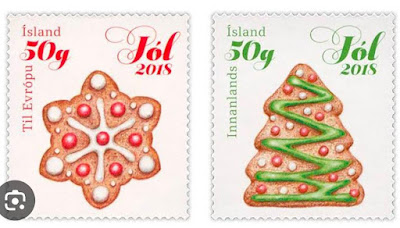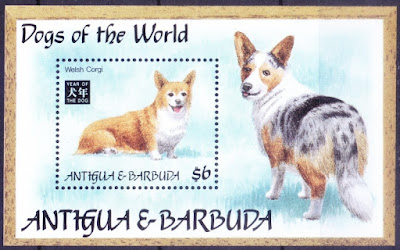Global Running Day, celebrated annually on the first Wednesday in June, is a worldwide event that encourages people of all ages and abilities to get moving and embrace the joy of running. This day promotes physical fitness and a healthy lifestyle by uniting runners from around the globe in a shared commitment to running. Whether you're a seasoned marathoner or a casual jogger, Global Running Day is an opportunity to set personal goals, challenge yourself, and connect with the global running community. Participants are encouraged to share their runs on social media, join virtual races, and take part in local running events to inspire others to lace up their sneakers and hit the pavement. The event also emphasizes the importance of running as a fun and accessible way to improve overall well-being, reduce stress, and foster a sense of community. By celebrating Global Running Day, individuals contribute to a global movement that highlights the positive impact of running on both personal health and collective spirit.









